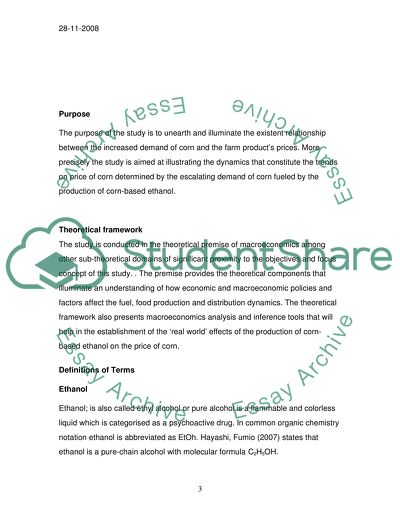Cite this document
(“Corn-based Ethanol Production Thesis Example | Topics and Well Written Essays - 4250 words”, n.d.)
Corn-based Ethanol Production Thesis Example | Topics and Well Written Essays - 4250 words. Retrieved from https://studentshare.org/miscellaneous/1518007-corn-based-ethanol-production
Corn-based Ethanol Production Thesis Example | Topics and Well Written Essays - 4250 words. Retrieved from https://studentshare.org/miscellaneous/1518007-corn-based-ethanol-production
(Corn-Based Ethanol Production Thesis Example | Topics and Well Written Essays - 4250 Words)
Corn-Based Ethanol Production Thesis Example | Topics and Well Written Essays - 4250 Words. https://studentshare.org/miscellaneous/1518007-corn-based-ethanol-production.
Corn-Based Ethanol Production Thesis Example | Topics and Well Written Essays - 4250 Words. https://studentshare.org/miscellaneous/1518007-corn-based-ethanol-production.
“Corn-Based Ethanol Production Thesis Example | Topics and Well Written Essays - 4250 Words”, n.d. https://studentshare.org/miscellaneous/1518007-corn-based-ethanol-production.


